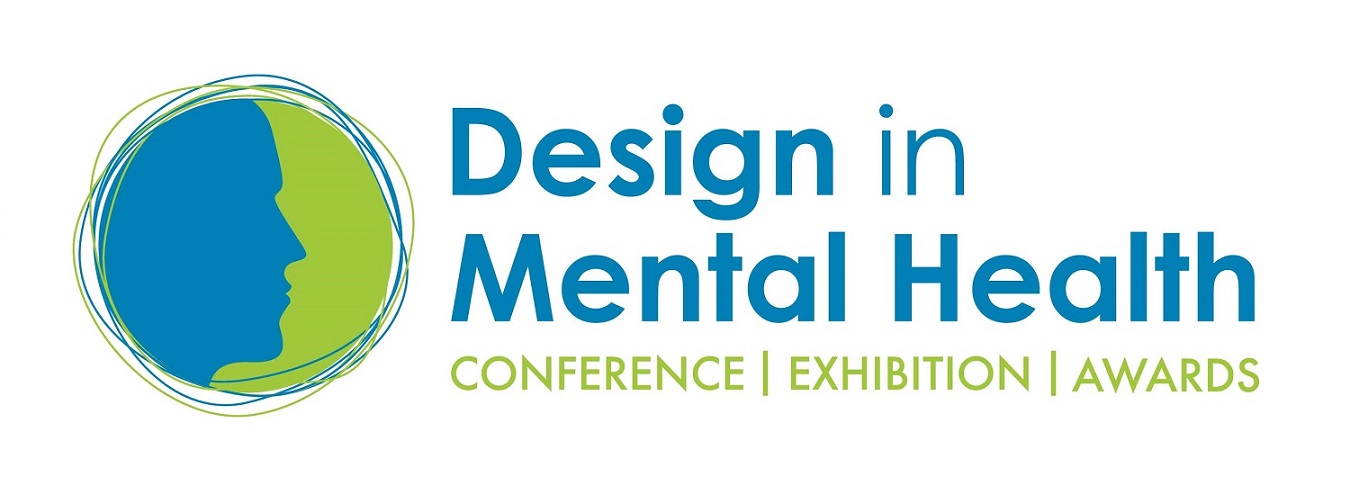In a society where mental illness is rising and we are challenged in accommodating far too many and far too ill patients, is designing healing architecture still relevant? Is art? You can argue that maybe it is more relevant than ever. How can we as architects support a healing environment by conscious use of selected materials, colors and building-integrated art? From a set-off in the evidence-based background behind recovery centered designs, we explore building-integrated art in award-winning Skejby Psychiatric Centre (Project of the Year – New build International) and Vejle Psychiatri (European Healthcare Design Award 2018, in Mental Health Design category) and other projects of current interest. We know that the build environment has an impact on our well-being and we know artwork does as well. With art in our buildings, how can we get the best synergy between art and architecture for the benefit of a healing environment? We will explore the artistic and architectural aspects and, with the patient’s perspective, look at the interdependence. Building integrated art in psychiatric facilities is the sum of several design solutions, which together demonstrate consideration to users. Well integrated art is successful when both physical, mental, and social needs are met. Mental health care patients can be sensitive to stimuli from all three parameters and often spend longer time in facilities compared to somatic patients. Health care personnel spend a lot of time in the facilities too, so the spaces need to function both as a temporary home and a working environment. Build-in art and colors are used as a lever for healing environmental qualities in mental health care designs. The works of art addressed here is deeply imbedded in the architecture and is consciously used as an instrument and healer. You get to see how we in Arkitema in close cooperation with the artist, develop a building where art and architecture support and enhance one another. We will see examples of building-integrated art from these artists: TalR, Danish artist Eva Koch, Danish artist Randi & Katrine, Danish artist duo Eva Koch, Danish artist Signe Guttormsen, Danish artist



